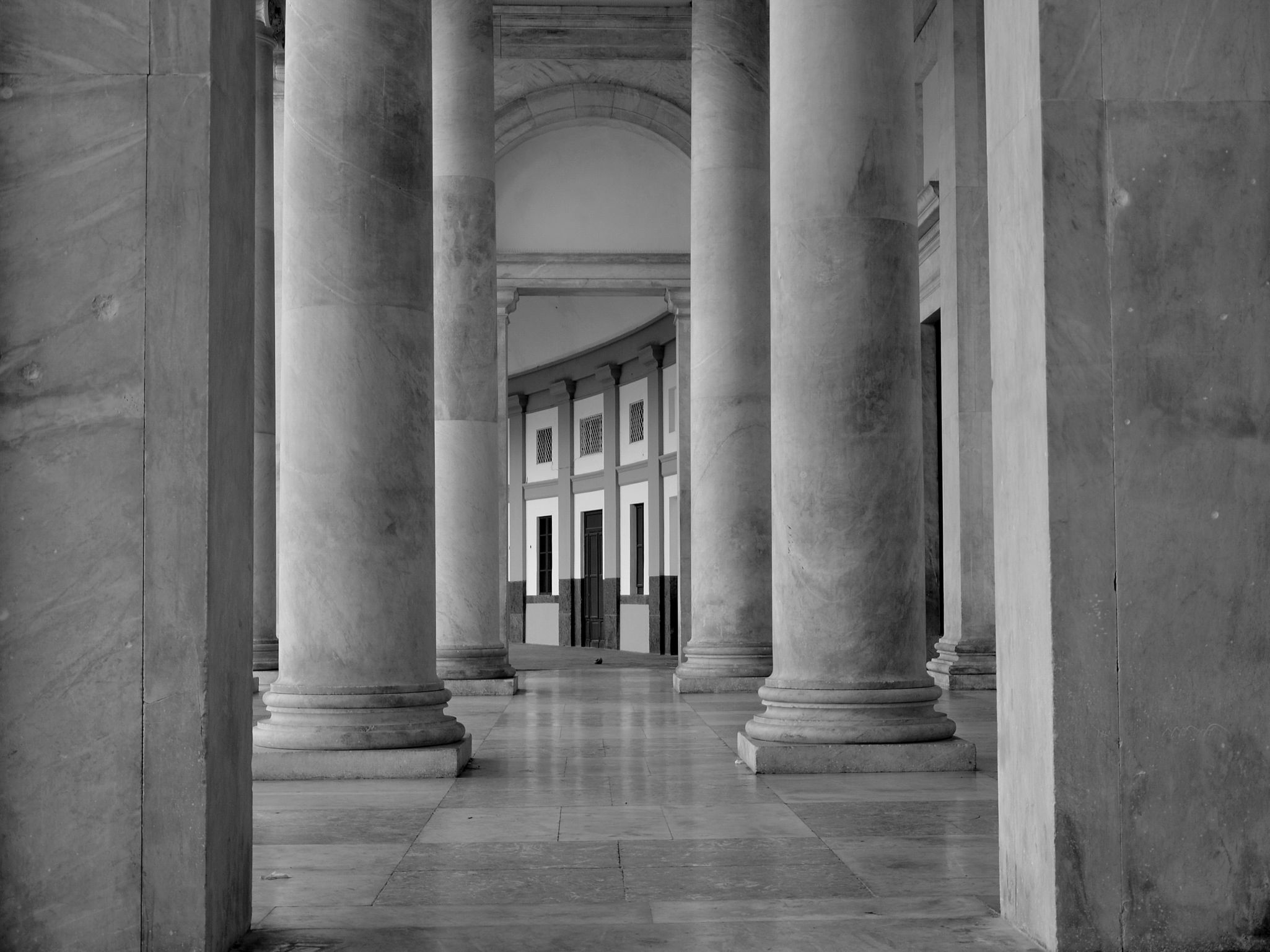
On June 20, 2016, the United States Supreme Court affirmed the decision of the Court of Appeals for the Federal Circuit in Cuozzo Speed Technologies v. Lee. The Supreme Court granted certiorari to consider two questions. First, does a statutory provision barring appeal of an institution decision "bar a court from considering whether the Patent Office wrongly 'determin[ed] . . . to institute an inter partes review,' . . . when it did so on grounds not specifically mentioned in a third party's review request"? Second, does a different statutory provision "authorize the Patent Office to issue a regulation stating that the agency, in inter partes review, 'shall [construe a patent claim according to] its broadest reasonable construction in light of the specification of the patent in which it appears'"? The Federal Circuit had answered yes to both questions. The Supreme Court agreed. While the decision facially confirms the existing practice, it expressly raises questions about how the decision might apply to different facts.
Background
In 2012, Garmin International filed the first inter partes review (IPR) petition before the Patent Trial and Appeal Board (PTAB) against a patent owned by Cuozzo Speed Technologies. The PTAB instituted review of the patent, provisionally determining that the challenged claims would have been obvious, but for two claims used a combination of prior art that Garmin had not proposed. Cuozzo subsequently tried to amend its claims unsuccessfully. The PTAB issued a final written decision holding the challenged claims unpatentable. Garmin settled with Cuozzo, leaving Cuozzo to pursue its appeal on its own. The director of the United States Patent and Trademark Office (USPTO), Michelle Lee, intervened. The Federal Circuit affirmed, specifically addressing Cuozzo's challenges to the PTAB's institution decision and to its use of the broadest reasonable interpretation (BRI) standard for claim construction. The BRI standard is not the same as the standard used in district court for invalidity determinations, although the precise differences between the standards are debated.
First Question: Appealability
Justice Breyer, writing for the Court, started with the question of whether statutory language stating that "whether to institute an inter partes review under this section shall be final and nonappealable" barred any subsequent judicial review. The Court noted the general presumption of reviewability for agency decisions, but held that the plain language of the statute provided an adequate basis for barring review in this case. The Court insisted, however, that its decision was directed to challenges "that are closely tied to the application and interpretation of statutes related to the Patent Office's decision to initiate inter partes review." The decision does not "implicate constitutional questions, that depend on other less closely related statutes, or that present other questions of interpretation that reach, in terms of scope and impact, well beyond" the section barring review. The Court gave as an additional example "a due process problem with the entire proceeding [or agency action] outside its statutory limits." Indeed, the Federal Circuit itself had already found at least one limited exception to a similar bar, permitting a patent owner to challenge the subject matter jurisdiction of the PTAB proceeding (albeit unsuccessfully and only after it was over).1
Second Question: Claim Construction
Next, the Court addressed the PTAB's use of the BRI standard for claim construction. The Court held that Congress had not specified a claim construction standard, but had given the USPTO authority to provide such a standard. Thus, rather than consider the question on its merits or as policy, the Court analyzed the question as one of rulemaking authority. The Court concluded that adoption of the BRI standard was a reasonable exercise of that authority, particularly because PTAB proceedings might be merged with other USPTO proceedings that also use BRI. Cuozzo argued that BRI must be linked to amending claims easily, noting that statistically it has been very difficult to amend claims in IPR proceedings. The Court accepted the point, but noted that patent owners have some ability to amend in IPR proceedings and that the PTAB had held that Cuozzo's proposed amendment impermissibly enlarged the scope of the claim anyway. The Court acknowledged that district courts and the PTAB might construe claims differently, but viewed the possibility as a feature of the system Congress had created.
Justice Thomas wrote separately to concur in the result while preserving a technical point about deference to agency decisions. Justice Alito, joined by Justice Sotomayor, concurred in much of the decision, but dissented on the scope of the bar on appealability, offering examples (which the majority partially rebutted) of how the PTAB might abuse its immunity from review.
The decision appears to have answered both questions quite narrowly. In particular, the exchange between the majority opinion and Justice Alito's dissent suggests that the Court broadly considers PTAB institution decisions to be unappealable, but is proceeding with caution in defining the precise boundaries of that unappealability. Similarly, the Court held that the USPTO has the authority to make a claim construction standard, but did not definitively decide whether BRI was the right standard. Another petition for certiorari may provide additional insight regarding the use of the BRI standard.2
The Cuozzo decision will likely have little immediate effect on PTAB proceedings because it affirms existing practices. The decision gives the PTAB grounds for caution, however, about appearing to abuse its authority on issues peripheral to the merits of an institution decision. Similarly, the Court left open the question of whether BRI is the correct standard. While the Court was willing to overlook the daunting statistics for claim amendment in this case, the PTAB might see a need to reexamine its amendment practices. Continuing low success in amending coupled with a more sympathetic set of facts might yet disrupt the USPTO's reliance on the BRI standard.
For more information about the Cuozzo decision or any related matters, please contact Michael Rosato, Richard Torczon, Steve Parmelee, or any member of the firm's post-grant practice.
Contributors
- Privacy Policy
- Terms of Use
- Accessibility


